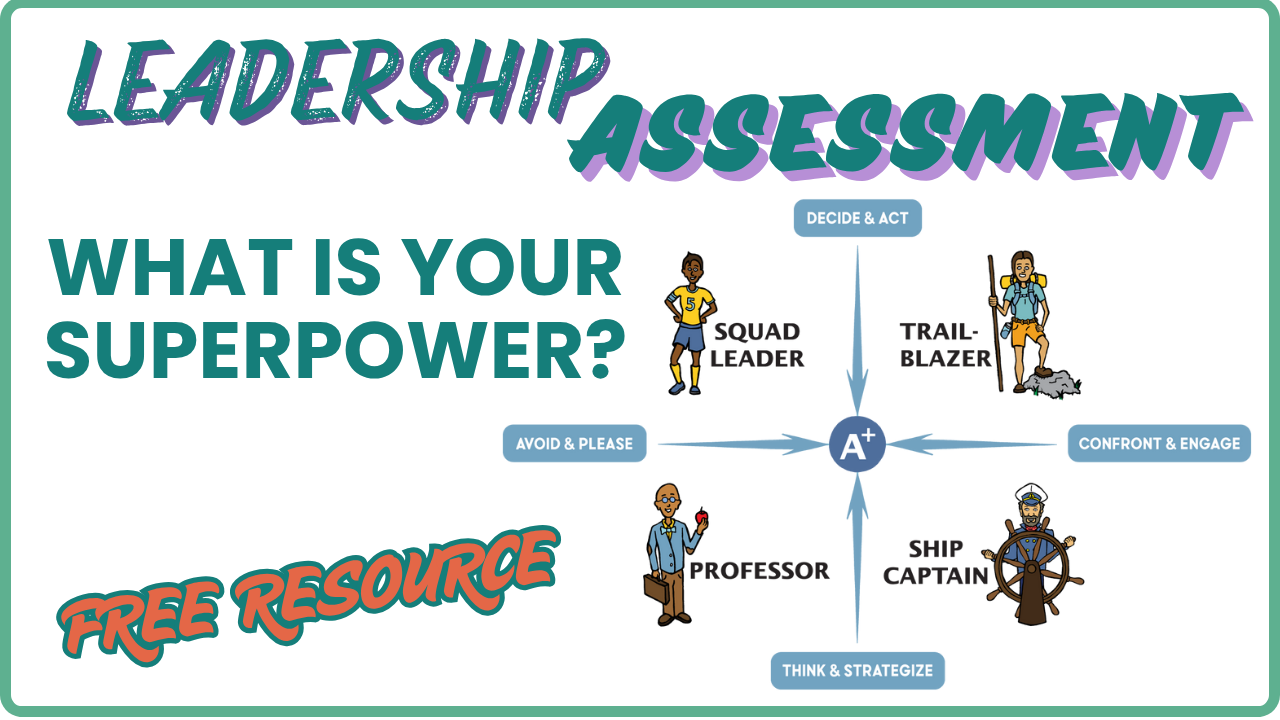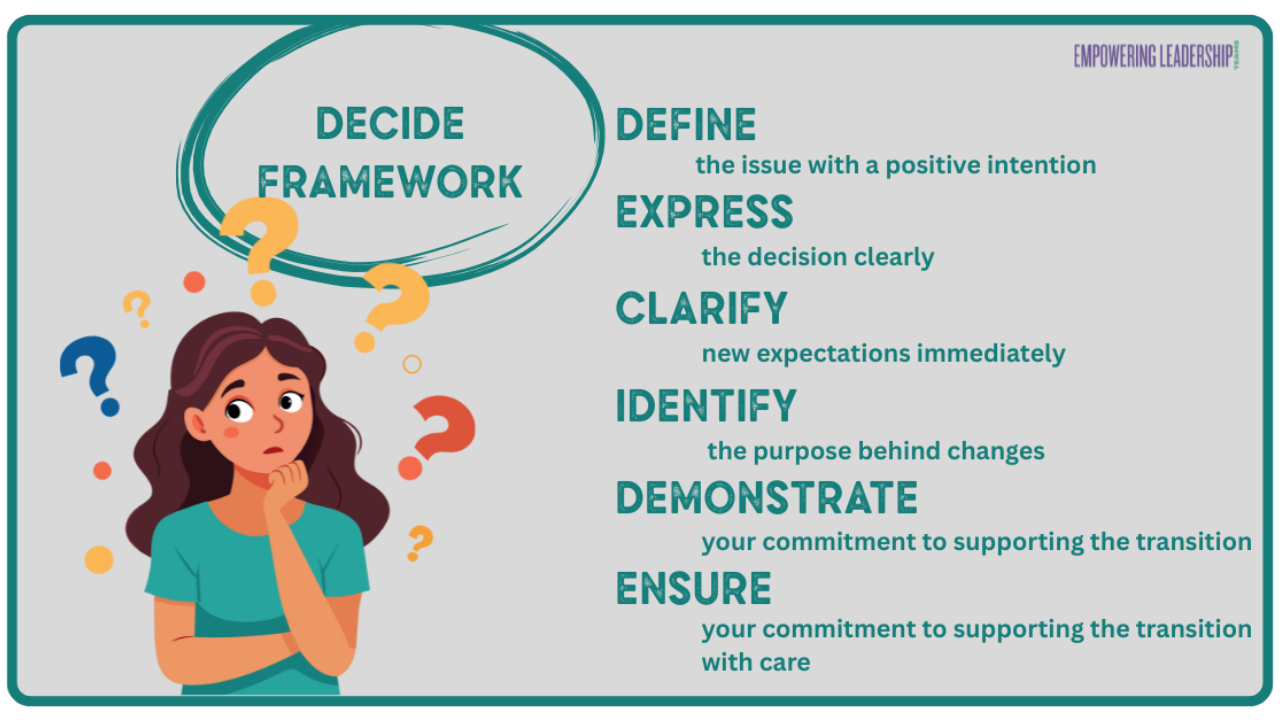The Leadership Evolution: From Directing to Developing Others

"Effective mentorship requires both the confidence to develop others and the humility to continue seeking development yourself."
When I first stepped into leadership, I thought it was all about having the right answers. I was wrong. My real transformation began when I learned to step back and intentionally develop others.
Here’s the thing about mentorship: it is easy to push it to the back burner. Between tight deadlines, limited resources, and the constant pull of urgent work, it can feel like something we will “get to later.” But later has a way of never arriving. The truth is, if you want a high-performing, empowered team in the future, you have to invest in mentorship now.
The scary part? Letting go. It can be unnerving to delegate work you have always done yourself. But if I am not at least a little uncomfortable with how much I am letting go, I know I am probably not growing as a leader.
The evolution happens in stages. First, we master the art of training, teaching others what to do and how to do it. But that is just the start. The real magic begins when we move into coaching mode, asking questions that help people connect the dots themselves rather than simply giving the answers.
Mentorship becomes even more powerful when we remember it is a two-way street. If you are a senior leader in age and title, you might see mentorship as part of your legacy, passing on your hard-earned experience and ensuring the next generation is ready. But younger team members bring their own strengths to the table, especially in areas like technology and innovation. Imagine a working session where you share your business approach and decision-making framework, and then shift to them showing you how they use the latest tools to streamline work. Everyone learns. The team grows stronger. Collaboration deepens.
You do not need a formal program to make this happen. Mentorship can be a mindset you bring to every interaction: a quick hallway conversation, a post-meeting debrief, a problem-solving session. When you are clear about your intention to develop others, you create more opportunities for growth for them and for yourself.
The result is a more engaged team, a stronger leadership pipeline, and a culture where teaching and learning are part of the daily DNA. That is the essence of leadership: building an environment where development is not a “nice-to-have,” but a way of working.
Key Takeaways:
- Mentorship is not something to put off until later; it needs to happen now to secure your team’s future performance.
- True leadership requires letting go and creating space for others to grow.
- Mentorship is both teaching and coaching, guiding others to discover their own solutions.
- It is a two-way exchange, with both senior and junior team members contributing their strengths.
- You do not need a formal program; mentorship can happen in daily conversations and interactions.
- A culture of teaching and learning strengthens collaboration, engagement, and results.
Coach Heather, cheering you on
If you would like support in weaving more mentorship into your daily leadership approach, reach out and let’s explore how to make it part of the way you and your team work every day.
Related Video:
Mentorship in Action: Shaping the Leaders of Tomorrow
Related Articles:
From Smart Leader to Empowering Mentor: Lessons I've Learned
Mindful Leadership: Redefining Efficiency in the Workplace

















